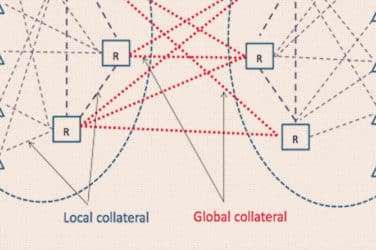
The U.S. Commodity Futures Trading Commission has issued a concept release on risk controls and system safeguards for automated trading environments.
The concept release reflects the Commission’s commitment to the safety and soundness of U.S. derivatives markets in a time of rapid technological change, and provides a platform for discussion and analysis of the appropriate responses to such changes.
“I have consistently emphasized that the Commission must have a strong understanding of today’s highly automated and interconnected trading environments in order to oversee its markets effectively,” said CFTC commissioner Scott O’Malia.
O’Malia commended the CFTC’s Technology Advisory Committee for strengthening understanding of automated markets, as well as the members of the Subcommittee on Data Standardization and the Subcommittee on Automated and High Frequency Trading, who have worked on issues related to automated trading systems and pre-trade functionality.
The concept release provides an overview of the automated trading environment, including pre-trade risk controls; post trade reports and other measures; system safeguards related to the design, testing and supervision of automated trading systems (ATSs); and additional protections designed to promote safe and orderly markets.
The issue of managing risks arising from automated trading is international in scope. BCS Prime Brokerage, which serves the Russian market, has announced that it appointed Succession Systems to launch a pre-trade Market Access Risk system, TripleCheck. The system delivers ultra-low latency risk management for Direct Market Access clients including proprietary and algorithmic trading firms.
New regulation rules for risk management on international markets are driving clients to demand unified access to multiple markets. In this way, clients are able to maximize their funding and margin utilization across complex portfolios.
“BCS treats risk management systems not only as an internal broker security tool but also as a keystone which will allow our clients to benefit from more efficient risk off-setting and improved funding,” said Vladimir Pozdnyakov, head of risk & liquidity services at BCS Prime Brokerage. “Our alliance with Succession Systems provides us with ultimate flexibility and speed in development and implementation of these new services.”
The CFTC concept release asks over a hundred questions, of which O’Malia highlighted several that are especially relevant.
The first is to establish what current protections are in the market today and the extent to which the technology is deployed, as well as its effectiveness.
The second is whether there is a need for regulatory action with regard to any of the measures currently in the market. In other words, should the Commission federalize any current industry practices/standards?
Third, it would be helpful to receive public feedback on the definitions for high-frequency trading and automated trading systems that the TAC, after extensive effort by its Subcommittee on Automated and High Frequency Trading, has proposed.
The CFTC has already taken steps to address the transition to automated trading and require appropriate risk controls, including within designated contract markets (DCMs), swap execution facilities (SEFs), futures commission merchants (FCMs), swap dealers (SDs) and major swap participants (MSPs).
Relevant measures include rules requiring FCMs, SDs and MSPs that are clearing member firms to establish risk-based limits for all proprietary and customer accounts, and to use automated means to screen orders for compliance with risk limits when such orders are subject to automated execution.
The CFTC has also adopted requirements for DCMs that provide direct market access, and trading pause and halt requirements for DCMs and SEFs designed to prevent and reduce the potential risk of market disruptions.



